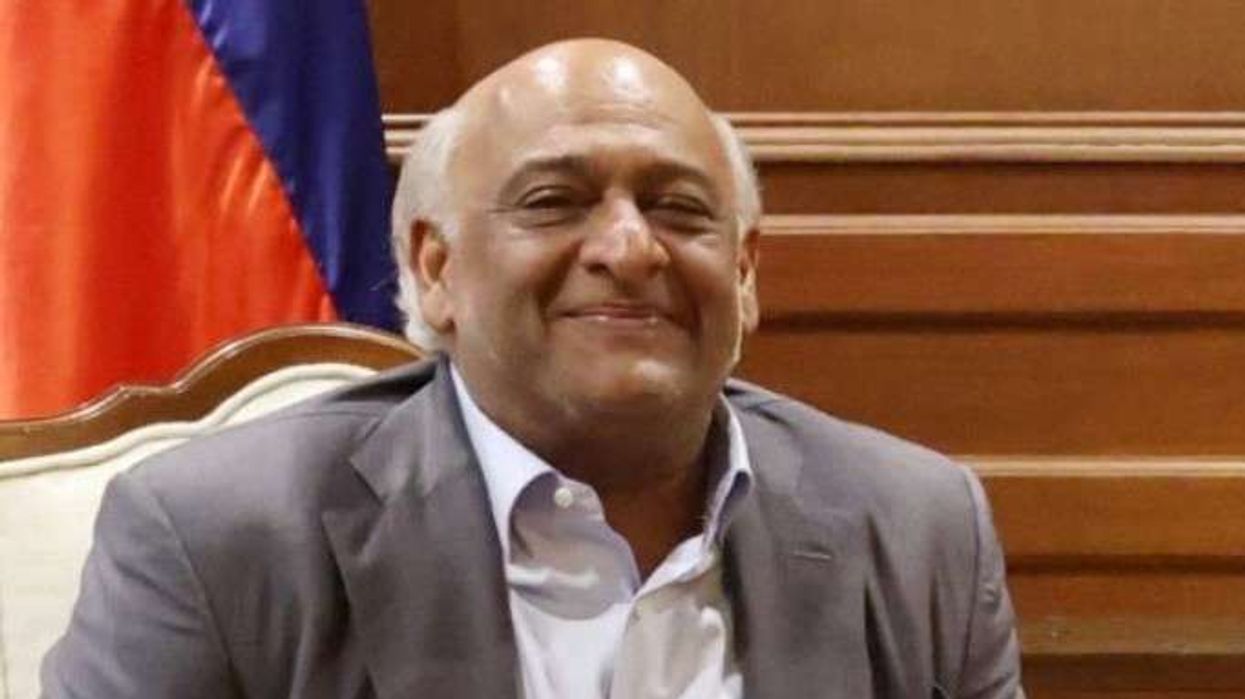by Lauren Codling
AN EXHIBITION in London hopes to enlighten Britons on migration as Brexit and immigration continue to divide public opinion.
No Turning Back features seven pivotal migration moments that have helped shape Britain into the multi-cultural country it is today.
The Migration Museum, which has been established at The Workshop space in south London, is a project designed to increase knowledge and appreciation of migration and the turning points that have had an impact on the UK.
Sophie Henderson, director of the Migration Museum Project, said that as the EU referendum and immigration are “the topics on everybody’s lips,” the exhibition is a reminder that migration has been a constant occurrence throughout British history.
“We’ve bookended a look at various turning points in Britain’s history when the country has taken a divisive turn from a migration point of view,” Henderson said. “Each of these has got contemporary relevance and we’d like people to look at the current migration debates in the context of what has gone on before.”
From the exhibition’s first pinpointed moment in 1290, when the entire Jewish population was expelled from England, to the first East India Company voyage to India in 1607, the project aims to educate on how migration has always existed and been part of a larger conversation within the country.
In the aftermath of the referendum, it was reported that hate crimes surged by 41 per cent. Data from the Home Office showed 1,546 racially or religiously aggravated offences were documented in the fortnight up to and including the day of the referendum on June 23, 2016.
Henderson said the exhibition aims to allow people to have a “slower and more leisurely think” about migration “in a different kind of place and with a different kind of context to the newspaper and politicians’ arguments”.
“People tend to talk about migration topics like Brexit in abbreviated terms and sometimes those arguments can be polarised and heated. We’d like to think about those kinds of issues in a different kind of way; in a more leisurely and informed way and with a greater backdrop and creative context,” she added.
Highlights from the show include All that I Am, a modern take by British Asian artists Amrit and Rabindra Singh, (also known as The Singh Twins) on a traditional Indian miniature painting. It tells the story of their Punjabi father and his journey to Britain following the Partition of India.
Mumbai-born artist Hormazd Narielwalla’s work Bands of Pride is a response to the pieces of yellow felt that Jews were required to wear prior to their expulsion in medieval England.
The UK premiere of Humanae, a global project by Angélica Dass in which she attempted to photograph every possible shade of human skin, is also on display.
Henderson said the display is not aiming to make a statement, but is simply trying to “provoke” audiences into thinking for themselves in regard to migration.
“I hope it will really pique people’s interests and provoke them into asking questions and researching in their own minds these important issues a little bit more deeply,” she said.
No Turning Back: Seven Migration Moments that Changed Britain is on until February 25, 2018 in Lambeth, London. Free admission. migrationmuseum.org
Feature image © Juan Miguel Ponce











